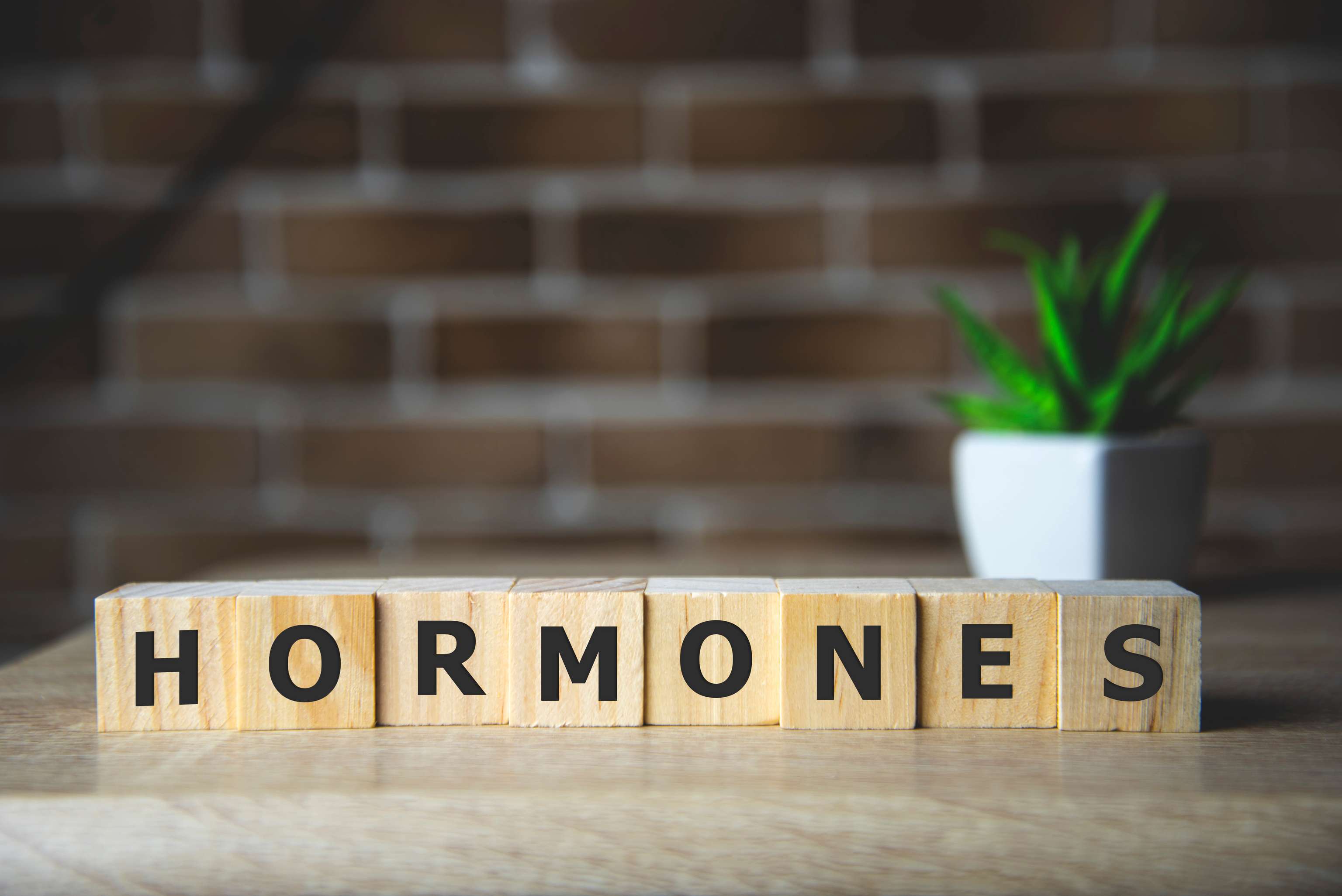Increased cardiovascular risk from growth hormone in children?

Growth hormones in children:
When a child's height is below the 3rd percentile, a measure of the spread of a statistical distribution, they are considered short statured. In this case, the human growth hormone somatropin is ofgreat importance. This is responsible for the development of important tissues and the control of various processes in the body. These include:
- Length growth
- Development of bones, muscles and connective tissue
- Involved in the regulation of blood sugar and fat metabolism
A deficiency of growth hormones can have various causes: familial predisposition, malnutrition, severe chronic diseases or growth disorders during pregnancy of the mother. According to statistics, one in 4,000 to 15,000 children suffers from a growth hormone deficiency. In this case, the diagnosis is made after various tests and treatment differs depending on the cause.
Due to the nature of somatropin, a protein, it cannot be taken as a tablet as it would otherwise be broken down by the gastric juice. Therefore, similar to insulin, it must be injected into the subcutaneous fat tissue once a day. After starting the therapy, a paediatric endocrinologist (i.e. hormone specialist) monitors the child's height and weight during the therapy period and analyses possibilities of side effects such as joint complaints, allergic reactions at the injection site, muscle pain, headaches or nausea.
Since somatropin is involved in fat, protein and carbohydrate metabolism, researchers think that this effect of growth hormones could be a possible cause of a greater risk of cardiovascular disease.
In order to be able to analyse this question, a team of researchers now investigated a possible long-term risk of general to severe cardiovascular events in patients who were treated with growth hormones in childhood. A possible association with treatment duration and dose was also observed.
Long-term observation:
The study, publishedin 2021 in the journal JAMA Pediatrics, included a nationwide population-based Swedish cohort study that included patients treated with growth hormone in childhood from January 1998 to December 2010. In addition, patients in this cohort had a follow-up (i.e., follow-up) in December 2014. Observed patients were treated with so-called recombinant human growth hormones (this includes somatropin) due to an isolated deficiency of growth hormones, which was low for gestational age (i.e., duration of maternal pregnancy) and idiopathic short stature (i.e., no apparent cause). As a comparison group, 15 age-, sex-, and region-matched individuals were randomly selected from the general population for each treated patient. Data on cardiovascular outcomes, gestational age, birth weight, height at birth, socioeconomic status, and overall body size were obtained through multiple health and population-based databases for analysis over the observation period of up to 25 years.
Growing risk:
A total of 53,444 people were followed up - for an average of 14.9 years. Of these, 3,408 were patients and the remaining 50,0036 were the comparative control participants. 67.7% were men with an average age of 25.1 years at the end of the study. The total number of patient-years studied was 795,125 years.
A total of 1809 cardiovascular events were recorded among the subjects. The incidence rate per 10,000 person-years for patients was only 25.6 events, while the control group recorded only 22.6 events per 10,000 person-years. Nevertheless, the calculated risk of cardiovascular events was 69% higher in children with growth hormone treatment than in the general population. Females in particular showed higher levels than compared to males. The longer the children had taken growth hormone and the higher the increasing dose, the more the risk of a general cardiovascular event increased.
Conclusion:
The study results suggest that growth hormone treatments used on children, due to isolated growth hormone deficiency and small stature with no apparent cause, may be associated with an increased risk of cardiovascular events in young adulthood. However, the researchers mention that a clear causal link between intake of hormones and cardiovascular events is limited with this study, which is why further studies are needed to establish a clear link.
Active ingredients:
Sources
- Tidblad A, Bottai M, Kieler H, Albertsson-Wikland K, Sävendahl L. Association of Childhood Growth Hormone Treatment With Long-term Cardiovascular Morbidity. JAMA Pediatr. 2021;175(2):e205199. doi:10.1001/jamapediatrics.2020.5199
- Leitlinie Kleinwuchs (Deutsche Gesellschaft für Kinderendokrinologie und –diabetologie)
- Wachstumshormonmangel-Therapie (Netdoktor)
- Erhöhen Wachstumshormone das kardiovaskuläre Risiko? (DAZ)

Danilo Glisic
Last updated on 16.08.2021
Your personal medication assistant
Browse our extensive database of medications from A-Z, including effects, side effects, and dosage.
All active ingredients with their effects, applications, and side effects, as well as the medications they are contained in.
Symptoms, causes, and treatments for common diseases and injuries.
The presented content does not replace the original package insert of the medication, especially regarding the dosage and effects of individual products. We cannot assume liability for the accuracy of the data, as the data has been partially converted automatically. Always consult a doctor for diagnoses and other health-related questions.
© medikamio